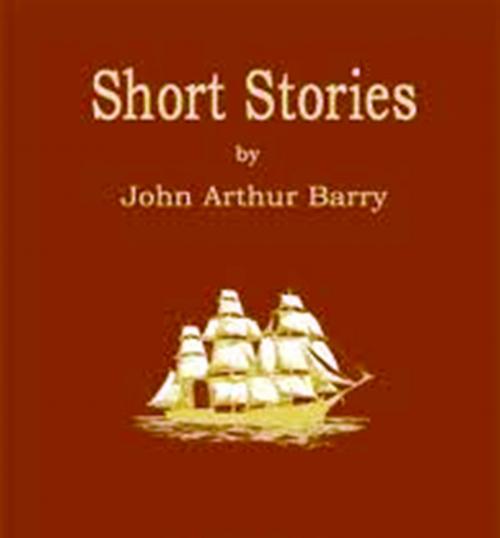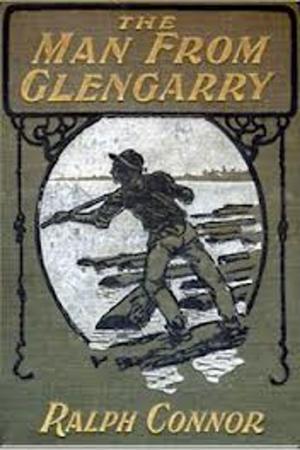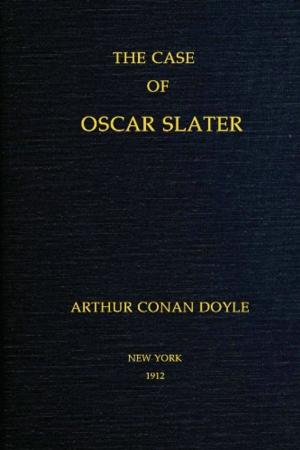| Author: | John Arthur Barry | ISBN: | 1230000140223 |
| Publisher: | WDS Publishing | Publication: | June 8, 2013 |
| Imprint: | Language: | English |
| Author: | John Arthur Barry |
| ISBN: | 1230000140223 |
| Publisher: | WDS Publishing |
| Publication: | June 8, 2013 |
| Imprint: | |
| Language: | English |
Although, now, ocean racing between sailing ships is practically a thing of the past, steam having effectually put a stop to all opportunities for such sport, the racecourses—the vast stretches of water across which the white-winged clippers used to rush to and from the ports of the world—still remain! And the unwieldy sailing tramps of to-day jog doggedly along the same tracks as the noble clippers whose places they have usurped, and compared with whom they are as draught horses to the thoroughbred racer. To us Australians the swift clippers of the United Kingdom flew out by the one course, round the Cape of Storms, and, after a breathing spell in Antipodean ports, started off along the return one round the Horn. And on this outward track they cracked on all they knew in the attempt to break their individual records to the Adelaide Semaphore, or the Otway, or the Heads of Port Jackson.
A splendid course it was, too, although you won't find it marked on any up-to-date route charts; these only give the steamers' track hugging the land all the way to the Cape, and then cutting straight as a dart across the boundary of the Southern and Indian Oceans, say about the 40th parallel. The sailer, on the contrary, keeps well out in the middle of the course, through the two Atlantics, and from, say, 15deg south, describing a vast circle, leaves Africa far to port, and swoops down into the heart of the great Southern Ocean, where the "brave westerlies," shouting in their glee at having such worthy objects upon which to spend their strength, used to catch the old-time clippers, roaring a welcome into the rigid concaves of their full topsails, and sending the shapely fabrics foaming furiously across the vast expanse.
Although, now, ocean racing between sailing ships is practically a thing of the past, steam having effectually put a stop to all opportunities for such sport, the racecourses—the vast stretches of water across which the white-winged clippers used to rush to and from the ports of the world—still remain! And the unwieldy sailing tramps of to-day jog doggedly along the same tracks as the noble clippers whose places they have usurped, and compared with whom they are as draught horses to the thoroughbred racer. To us Australians the swift clippers of the United Kingdom flew out by the one course, round the Cape of Storms, and, after a breathing spell in Antipodean ports, started off along the return one round the Horn. And on this outward track they cracked on all they knew in the attempt to break their individual records to the Adelaide Semaphore, or the Otway, or the Heads of Port Jackson.
A splendid course it was, too, although you won't find it marked on any up-to-date route charts; these only give the steamers' track hugging the land all the way to the Cape, and then cutting straight as a dart across the boundary of the Southern and Indian Oceans, say about the 40th parallel. The sailer, on the contrary, keeps well out in the middle of the course, through the two Atlantics, and from, say, 15deg south, describing a vast circle, leaves Africa far to port, and swoops down into the heart of the great Southern Ocean, where the "brave westerlies," shouting in their glee at having such worthy objects upon which to spend their strength, used to catch the old-time clippers, roaring a welcome into the rigid concaves of their full topsails, and sending the shapely fabrics foaming furiously across the vast expanse.















